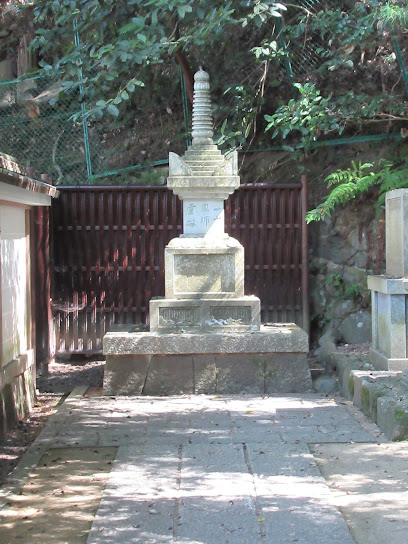

The tomb of ICHIYAMA ICHINEI / Nanzen-ji
Issan-ichi Ning was a Rinzai Zen priest from Yuan, China, who was ordained as a child and sent as an envoy to Japan in 1299. He later served as abbot of Kencho-ji Temple, Engaku-ji Temple, and Jochi-ji Temple, and in 1313, at the invitation of Emperor Go-Uda, he went to Kyoto to become the third abbot of Nanzen-ji Temple. He was a learned man and respected by many people regardless of his position. His students produced some of the most famous literary figures in Gozan literature, such as Yukimura Yubai. He was also known as an accomplished writer, and many of his calligraphic works have been designated as important cultural properties. He is also regarded as the founder of Japanese Shuji studies, having introduced new notes on Shuji. He died at Nanzenji Temple in 1317, and was posthumously awarded the title “ICHIYAMA KOKUSHI” by the Emperor Hanazono. His words are recorded in “ICHIYAMA KOKUSHI GALOGUE”. The tomb of ICHIYAMA ICHINEI is visited by many worshippers and researchers as a place to remember his contribution to the development of Zen Buddhism in Japan.